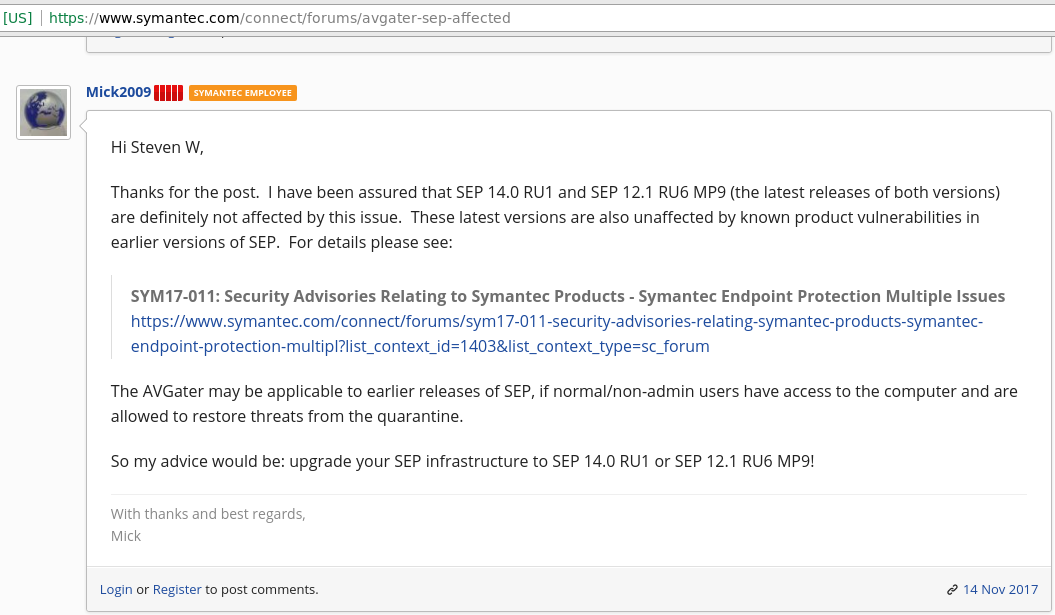
- Symantec endpoint protection update client silent serial number#
- Symantec endpoint protection update client silent software#
- Symantec endpoint protection update client silent password#
Symantec endpoint protection update client silent serial number#
If you have lost your installation media providing you have an active subscription you should be able to log in to with your serial number on your certificate and download the latest version (which will include sylinkdrop). Well sylinkdrop is not publically available from Symantec to download, however it is on your installation media in the following folder: This will of course fail for computers which either don’t exist or are not present or switched on, so you may want to make a note of which clients fail (just watch the output of the command to collect these). The above command will enumerate all the computers in AD and then try to remotely execute the drop.cmd command on each of them.
Symantec endpoint protection update client silent password#
Psexec -u domainusername -p password \* \avsrv001sylinkdrop.cmd Then simply run the following command, substituting the domain username and share names for one which suit your environment. Once all the above is setup you can use the psexec command (available to download as part of the PsTools package by sysinternals from here) You will need to modify the server and share name in your file to match up with the shares you created.

%0.sylinkdrop.exe -silent \avsrv001sylinksylink.xml The drop.cmd file contains the following contents: sylink.xml (for info on where to find this check out this Symantec KB).In the share you need the following files: In this example the share I created was called “sylink” on the server AVSRV001. To do this you will need to set up a share on the machine you are running the commands from with read access to everyone on the domain. I have also found the tool to be painfully slow at scanning IP ranges to find the clients in the first place.Īs a workaround I have found it much more reliable to use the sylinkdrop tool in conjunction with psexec to set all computers on the network to be managed by a SEP server. You cannot deploy the Linux client from Symantec Endpoint Protection Manager remotely. Recently I have found that the replacer tool to be less and less effective at finding clients on the network particularly Windows 7 clients. 8 Updating the kernel modules for the Symantec Agent for Linux. I then created a BAT file, sepstart.bat, with the following parameters: start /wait setup.exe /s /v'/lv log.txt /qn RUNLIVEUPDATE1 SYMREBOOTREALLYSUPPRESS' This BAT file and all my SEP installer files are ZIP'd up.

Sylink drop can be used on individual machines to make them managed where as SylinkReplacer is designed to be run from a machine to find SEP clients on the network and force them to be managed. I created a SEP installer package with the help of my sysadmin who has access to the SEP management console.

Symantec endpoint protection update client silent software#
Often after a reinstall of the management software it is necessary to capture all machines on the domain to make them all managed by the new installation. I regularly use both sylinkdrop and sylinkreplacer to make Symantec Endpoint protection clients managed by a SEP server.


 0 kommentar(er)
0 kommentar(er)
